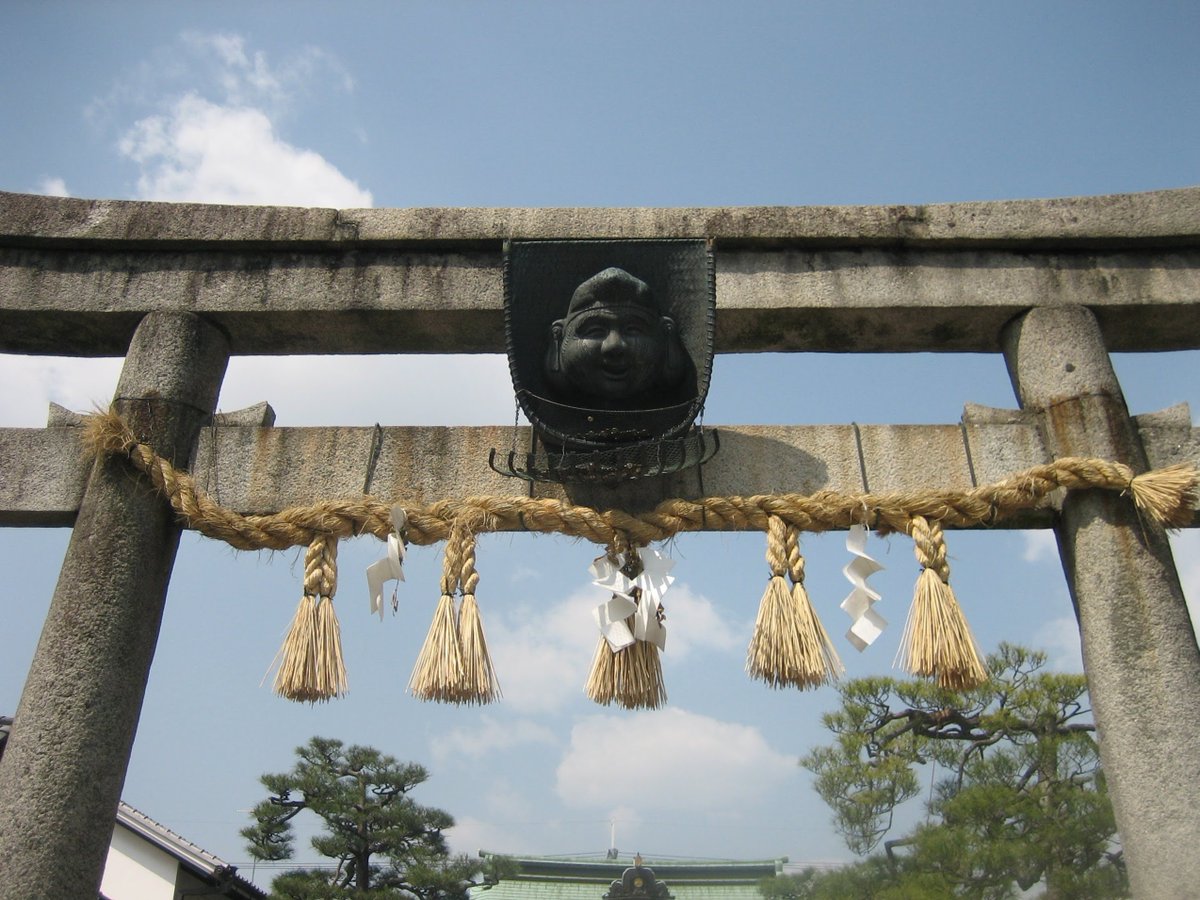
🌊✨🙏AMABIE (アマビエ)🖌️🤒🙌
In Kyōto and many parts of Japan the pandemic revived a half forgotten deity, dusting her down & repackaging her for a new generation.
'Amabie' (アマビエ) has gone from being the savior of small, rural communities, to icon of the COVID-19 age.
#Japan



In Kyōto and many parts of Japan the pandemic revived a half forgotten deity, dusting her down & repackaging her for a new generation.
'Amabie' (アマビエ) has gone from being the savior of small, rural communities, to icon of the COVID-19 age.
#Japan




WHAT IS AMABIE?
Occupying the grey area between 'yōkai' (妖怪) and 'kami' (神), Amabie (アマビエ) was a 3-legged, mermaid-like creature said to protect against disease.
As the pandemic unfolded, her image was once again seized upon and popularized as a protective charm🙏
#Japan



Occupying the grey area between 'yōkai' (妖怪) and 'kami' (神), Amabie (アマビエ) was a 3-legged, mermaid-like creature said to protect against disease.
As the pandemic unfolded, her image was once again seized upon and popularized as a protective charm🙏
#Japan




The most famous sighting of Amabie (perhaps the only sighting) was in Higo Province (肥後国 Kumamoto), mid-May 1846.
An official went to investigate a mysterious glowing by the coast and was confronted by a long-haired, beak-mouthed, 3-legged, scaly being from the deep sea.
#妖怪
An official went to investigate a mysterious glowing by the coast and was confronted by a long-haired, beak-mouthed, 3-legged, scaly being from the deep sea.
#妖怪
The creature introduced itself as 'Amabie' (アマビエ) and delivered a prophecy:
"Good harvests will continue for 6 years from the current year...if disease spreads, draw a picture of me and show the picture of me to those who fall ill and they will be cured."
#アマビエ #Amabie
"Good harvests will continue for 6 years from the current year...if disease spreads, draw a picture of me and show the picture of me to those who fall ill and they will be cured."
#アマビエ #Amabie
It's thought that Amabie was an 'Amabiko' (アマビコ, 海彦, 尼彦, 天日子, 天彦, あま彦), a group of prophesying creatures that offered protection when their images were drawn and displayed.
There are 9 accounts of Amabiko sightings, all in Kyūshū (九州).
Photo thanks-@snowmottori



There are 9 accounts of Amabiko sightings, all in Kyūshū (九州).
Photo thanks-@snowmottori




For some Amabie, with her power to repel disease, is considered more deity than yōkai.
In Western folktales creatures from the sea were often considered to have the gift of foresight.
Photo thanks- ameblo.jp/sakurazaka128 nehe2.com kokuryo-jinja.jp
#Japan



In Western folktales creatures from the sea were often considered to have the gift of foresight.
Photo thanks- ameblo.jp/sakurazaka128 nehe2.com kokuryo-jinja.jp
#Japan




Amabiko (spelt in various ways) began appearing from around 1843, predominantly in Japan's far south (though an amabiko 海彦 'sea prince' appeared in Echigo province in 1844).
There are only a few physical descriptions of the creatures, and it is unclear if they are related.



There are only a few physical descriptions of the creatures, and it is unclear if they are related.




Ever since the beginning of the pandemic Nijō Wakasaya (二條若狭屋) have released a different 'amabie' sweet each season.
Their current 'amabie' has a chestnut flavoured centre (アマビエ~マロン~)😋
➡️@616wakasaya
➡️kyogashi.info
#Amabie #アマビエ #wagashi #和菓子 #京都



Their current 'amabie' has a chestnut flavoured centre (アマビエ~マロン~)😋
➡️@616wakasaya
➡️kyogashi.info
#Amabie #アマビエ #wagashi #和菓子 #京都




• • •
Missing some Tweet in this thread? You can try to
force a refresh
















































